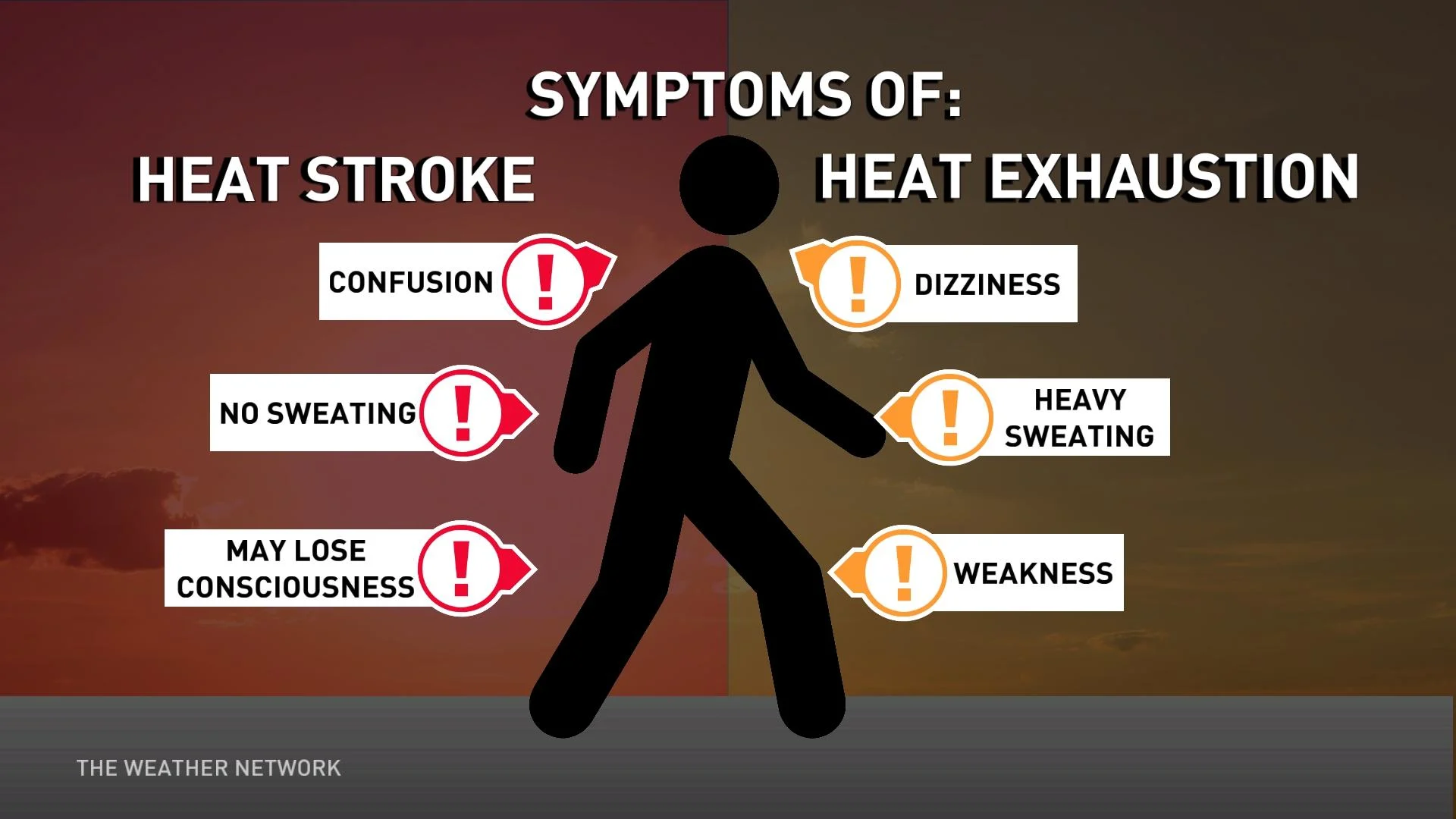
What is a heat dome? How these events generate deadly heat
Heat domes are a serious hazard during the summer months
Extreme heat is one of the deadliest weather events you're likely to experience. Long slogs of intense temperatures are uncomfortable at best—and downright dangerous at worst.
Heat waves happen every year. But some setups are so intense—and so conducive to hazardous heat—that they stand in a class of their own.
These ‘heat domes’ are responsible for some of Canada’s worst spells of hot weather in recent memory.
DON'T MISS: Why extreme heat is one of the world’s deadliest weather disasters
Ridges drive major heat waves
Unlike heat waves, there’s no set definition for what constitutes a heat dome.

When meteorologists are on the lookout for unseasonably hot temperatures, they tend to watch for ridges of high pressure in the upper atmosphere.
Ridges often bring unseasonably warm conditions because they force air to sink toward the ground. This air compresses and warms up as it descends, raising temperatures across the affected regions.
Occasionally, a blocking pattern in the atmosphere will force a centre of high pressure to sit over the same region for days at a time. This high-pressure centre can act like a lid on the atmosphere, ‘trapping’ hot air at the surface in what’s known as a heat dome.
Heat domes trigger a chain reaction
A heat dome event can claim a significant toll on communities affected by dangerously hot temperatures.

RELATED: When is the hottest stretch of the year in your corner of Canada?
Extreme heat is a compounding hazard. Most of the time, Canadians can deal with warm summertime temperatures by counting on the relief provided by cooler nights.
During a heat dome event, though, overnight temperatures usually remain elevated—precluding one’s ability to cool off at night without air conditioning.
Hot, dry conditions can also raise the threat for wildfires throughout the affected regions. Stagnant conditions often lead to dangerous air quality—especially during periods of heavy wildfire activity.
WATCH: How living in a heat dome can impact your body
Historic heat domes have claimed hundreds of lives
Blazing hot days bleeding into stifling nights can cause significant problems for vulnerable populations after just a day or two. This can lead to health emergencies including heat exhaustion and heat stroke.
While elderly folks, those who live with medical issues, and unhoused individuals face the greatest risk during hot spells driven by heat domes, anyone—even people who are physically fit and acclimated to heat—is susceptible to heat-related illnesses.

Heat exhaustion occurs when your body begins to overheat. Common symptoms include a cold sweat, wobbly legs, and dizziness. Heat stroke is a life-threatening condition that develops when your body temperature grows so high that vital functions begin shutting down.
Heat-related illnesses are no joke. The infamous heat dome event that built over British Columbia in June 2021 claimed nearly 600 lives. A similar event that developed over the U.S. Midwest in July 1995 killed more than 500 people in Chicago alone.
To put that into perspective, both of those events represent higher death tolls than any tornado outbreak in modern history.
SEE ALSO: Too hot to sleep? These hacks can help
Heat domes don’t just affect humans
Extreme heat doesn’t just take a toll on humans.
Billions of underwater organisms may have died during B.C.’s heat dome event in 2021, during which water temperatures rose as high as 56°C in some areas. Heat stress also affects livestock. Researchers estimate that as many as 4,000 cattle died during the July 1995 heat dome over the U.S. Midwest.
Pets are also susceptible to heat-related illnesses. Dogs can succumb to heat stroke when their body temperatures rise above 40°C.
The American Red Cross outlined some tips for dog owners to follow if they suspect their furry friend is coming down with heat stroke. The list includes getting your dog out of the heat, checking for classic symptoms of distress, and taking steps to cool down their body temperature.
